|
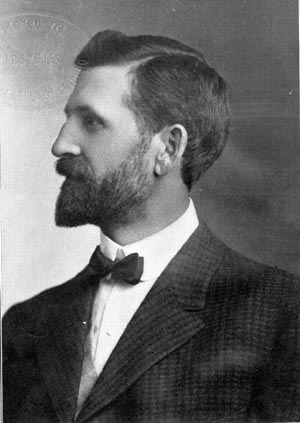
|
|
|
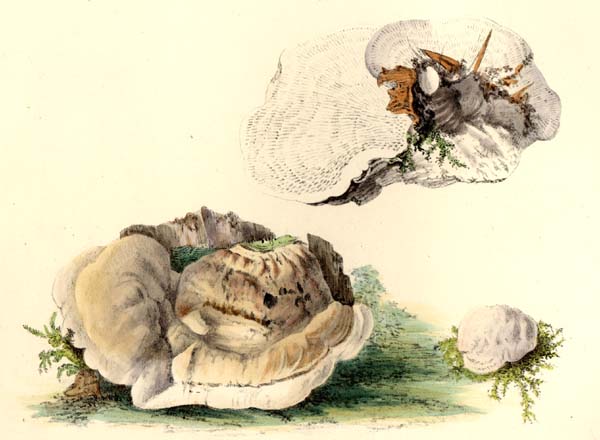 He was re-discovered in the late 20s by George Weber, a plant pathologist at the University of Florida at Gainesville. Murrill seems to have met him and Erdman West, curator of the herbarium, passing through on the way to one of his collecting trips in South America. In the words of Jim Kimbrough,
He was re-discovered in the late 20s by George Weber, a plant pathologist at the University of Florida at Gainesville. Murrill seems to have met him and Erdman West, curator of the herbarium, passing through on the way to one of his collecting trips in South America. In the words of Jim Kimbrough,
"Weber told me that he and his wife Kate were browsing through a tourist court on the outskirts of Gainesville, came upon a crowd listening to a classical pianist at a pavilion, nudged their way through, and were surprised to find Murrill doing the honors. Murrill was heavily bearded, stooped from when they last saw him, and looked rather unkempt. The Webers took him in and, along with Erdman West, saw that he was fed."
"According to West and Weber, Murrill would work into the wee hours of the morning identifying specimens; tiring, he would go across the street to the Student Union where he would find a comfortable couch in the lobby on which to sleep. Students would rouse him around 9:00 AM [when they came in to eat there], buy him breakfast and delight in talking with him." (Kimbrough)
|
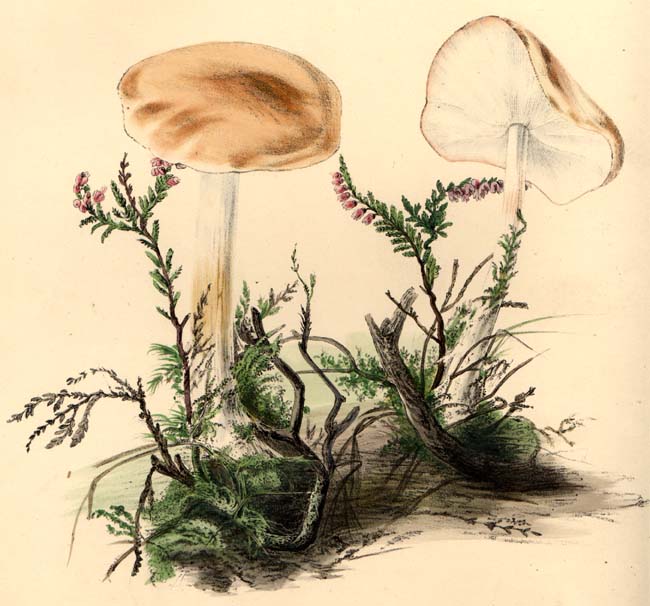
Coriolus tenuispinifer.
The type material of this species is a sterile, unidentified species of Coriolus parasitized by an imperfect fungus which has formed long brown spines.
Tyromyces Newellianus.
The type material of this species appears to be Polyporus fragilis. Dr Murrill disagrees: "Polyporus fragilis has a whitish tomentose surface; spores averaging 5 x 2 µm; and always grows on coniferous wood. T. Newellianus is ochraceous, not tomentose, with spores 3-4 x 1 µm, and always occurs on hardwood."
|
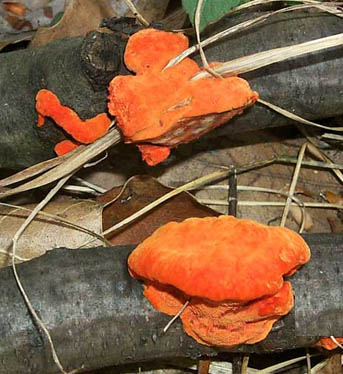 In other cases, both parties were, in a way, correct: Overholts and Lowe synonymize Murrill's Grifola sumstinei with "Polyporus giganteus" (nowadays, both species are placed in Meripilus). In as far as their work went, Overholts and Lowe were correct: Murrill's species is indeed indistinguishable from other american collections of Meripilus giganteus. However, Meripilus giganteus is a European species, and recent researchers have decided that it is distinct from our American Meripilus, which is now called by Murrill's (transferred) name: Meripilus sumstinei. As in all science, sometimes you're right and sometimes you're wrong; that's just the way it is. Whether Murrill really knew what he was doing, in this case, depends on whether he thought he was making a distinction from American material or European descriptions. I don't know...
In other cases, both parties were, in a way, correct: Overholts and Lowe synonymize Murrill's Grifola sumstinei with "Polyporus giganteus" (nowadays, both species are placed in Meripilus). In as far as their work went, Overholts and Lowe were correct: Murrill's species is indeed indistinguishable from other american collections of Meripilus giganteus. However, Meripilus giganteus is a European species, and recent researchers have decided that it is distinct from our American Meripilus, which is now called by Murrill's (transferred) name: Meripilus sumstinei. As in all science, sometimes you're right and sometimes you're wrong; that's just the way it is. Whether Murrill really knew what he was doing, in this case, depends on whether he thought he was making a distinction from American material or European descriptions. I don't know...
"[a] novel procedure criticised by older men was the use of small genera which contained species closely related rather than the large familiar generic groups with many cumbersome subdivisions. Since genera are not by any means sacred concepts, younger students have been quick to accept these simpler genera as more convenient as well as more logical."
Autobiography, p. 110-111
This is the genus that Karsten created to accommodate the Ganodermas that aren't shiny, like G. applanatum.
Keys and descriptions of genera and species of Chanterelles, Lactarius, and part of the white-spored Agaricaceae
Covers Northeastern U.S. and Canada
Remaining white-spored Agaricaceae, plus pink and brown-spored genera, with Inocybe and Cortinarius by Kauffman and Pholiota and Hypodendron by Overholts.
I can't find Hypodendron in The Dictionary of the Fungi, but it does say that Singer synonymized Hypodendrum with Pholiota, so these two taxa are probably the same thing, since Earle was Murrill's predecessor at the NY Botanical Gardens.
And of course it might just be a typo in The Dictionary...
Mostly a list of species with synonyms and distribution.
Covers Alaska, British Columbia and the Pacific Coast
This is Murrill's first autobiographical work.
A supplement to Gilkey's supplement to her 1916 monograph. When you're editor of the journal, you can respond to things very quickly!
Deconica (W. G. Smith) Karsten has been synonymized with Psilocybe by Singer, and Atylospora is really Astylospora Fayod, which was synonymized with Psathyrella by Singer
Yes, Virginia, there is a genus of mushroom with the same name as a fruit fly. I'm not sure how the rules of Botanical Nomenclature handle that: I know we're not allowed to use names that have been assigned to plant taxa, but I'm not sure about animals.
In any case, Drosophila Quélet is a nomen dubem, which Singer has declared equivalent to Psathyrella. And Pilosace is incertae sedis, also according to Singer. I certainly doubt it's been used by many people after Murrill
 Glossary | 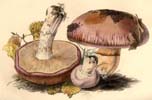 Mushrooms |  |  People | 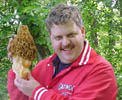 Newsletter |  Events |